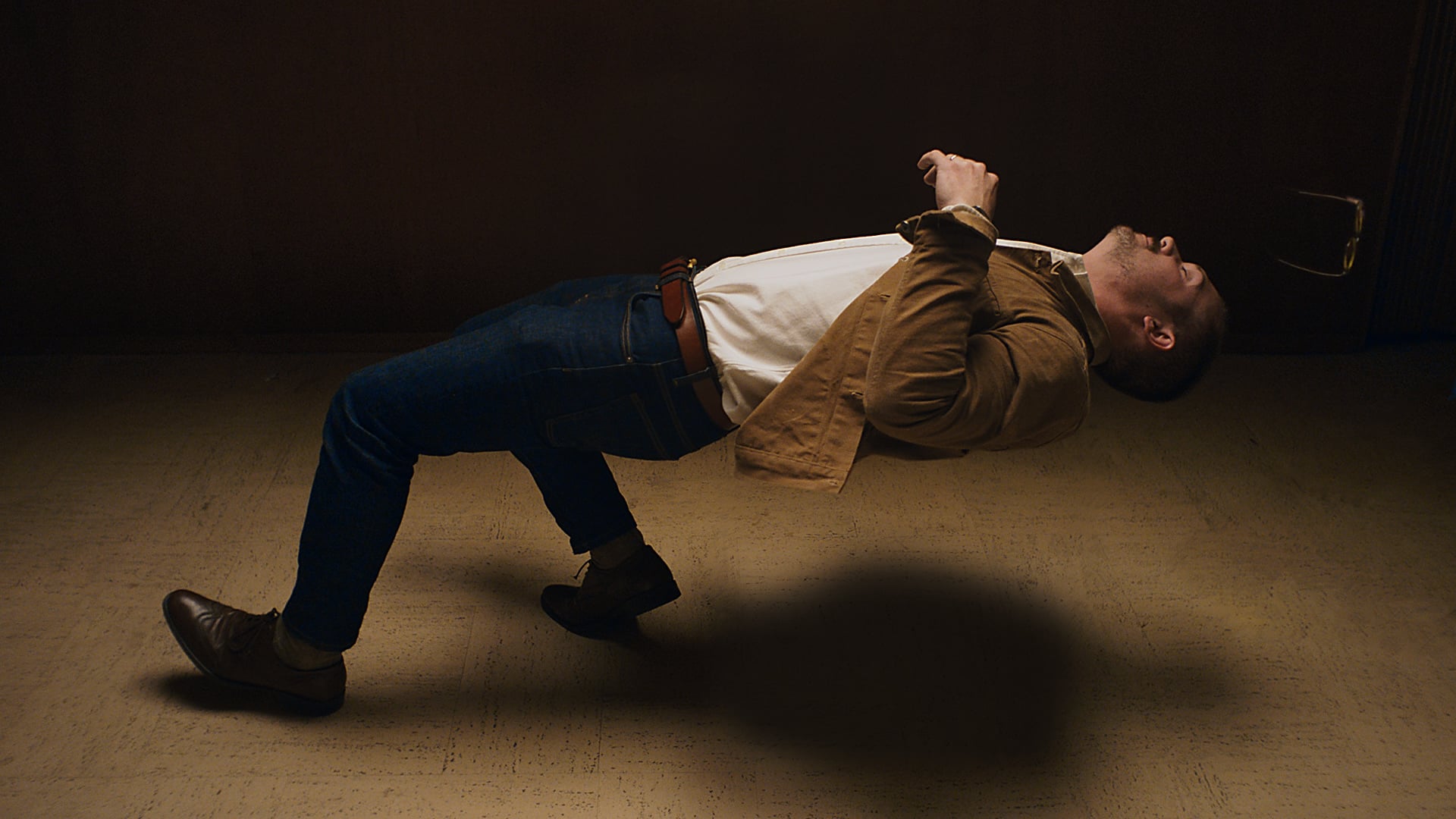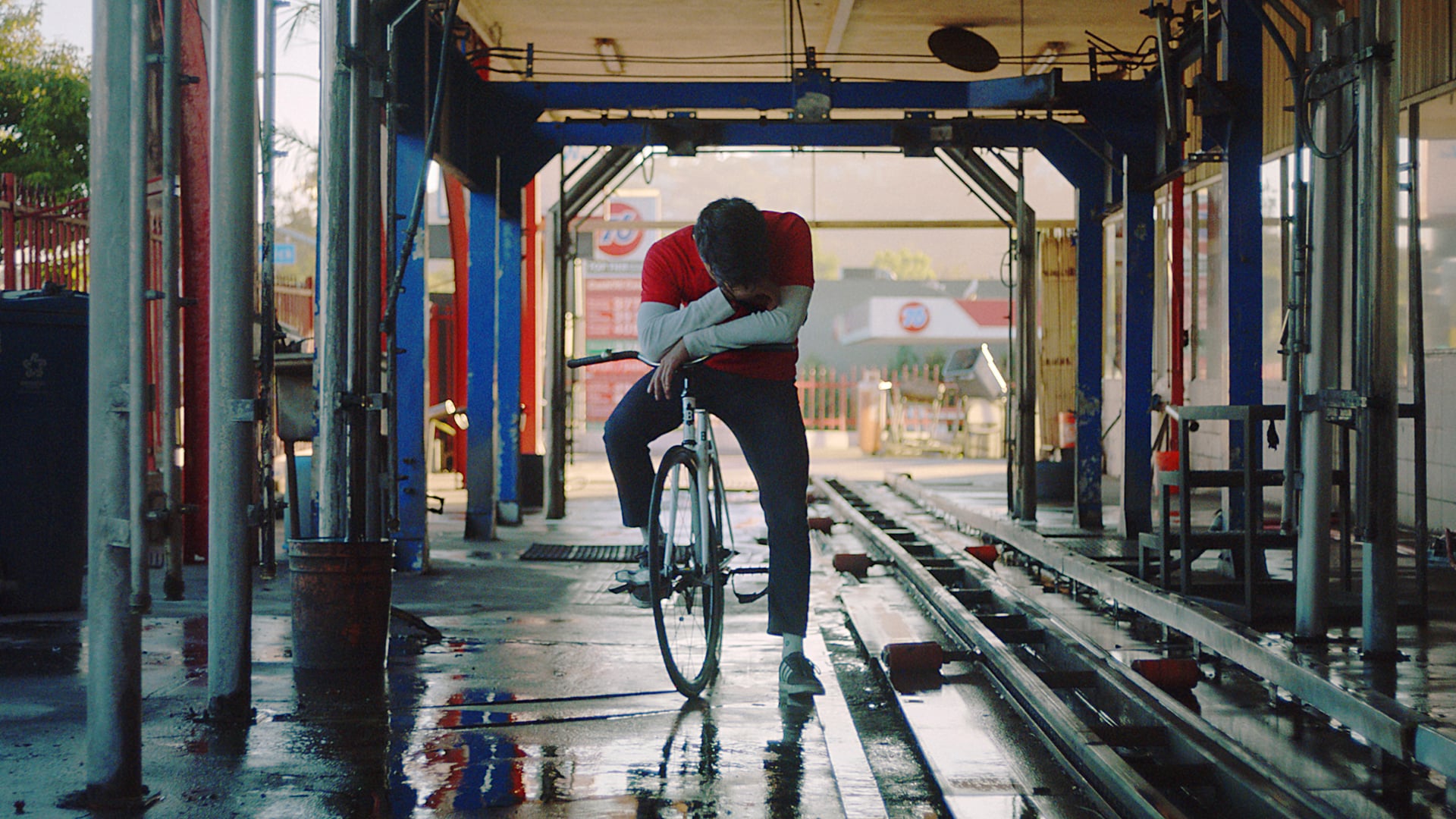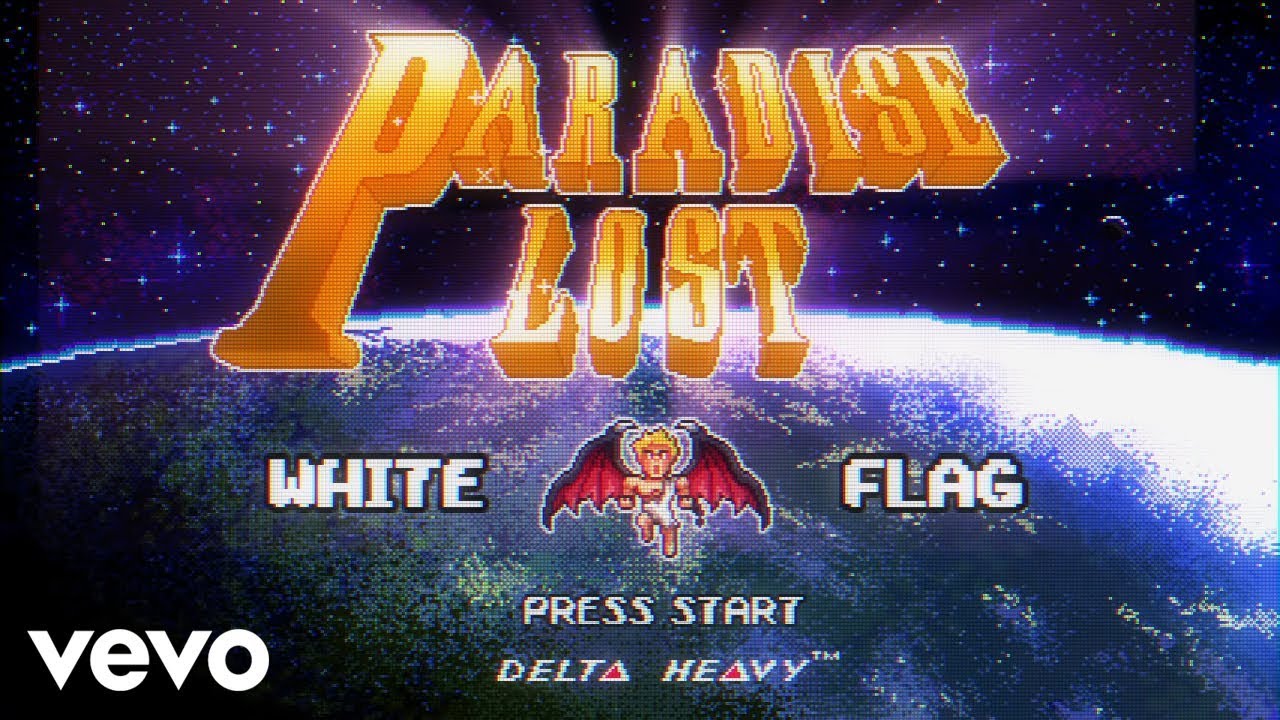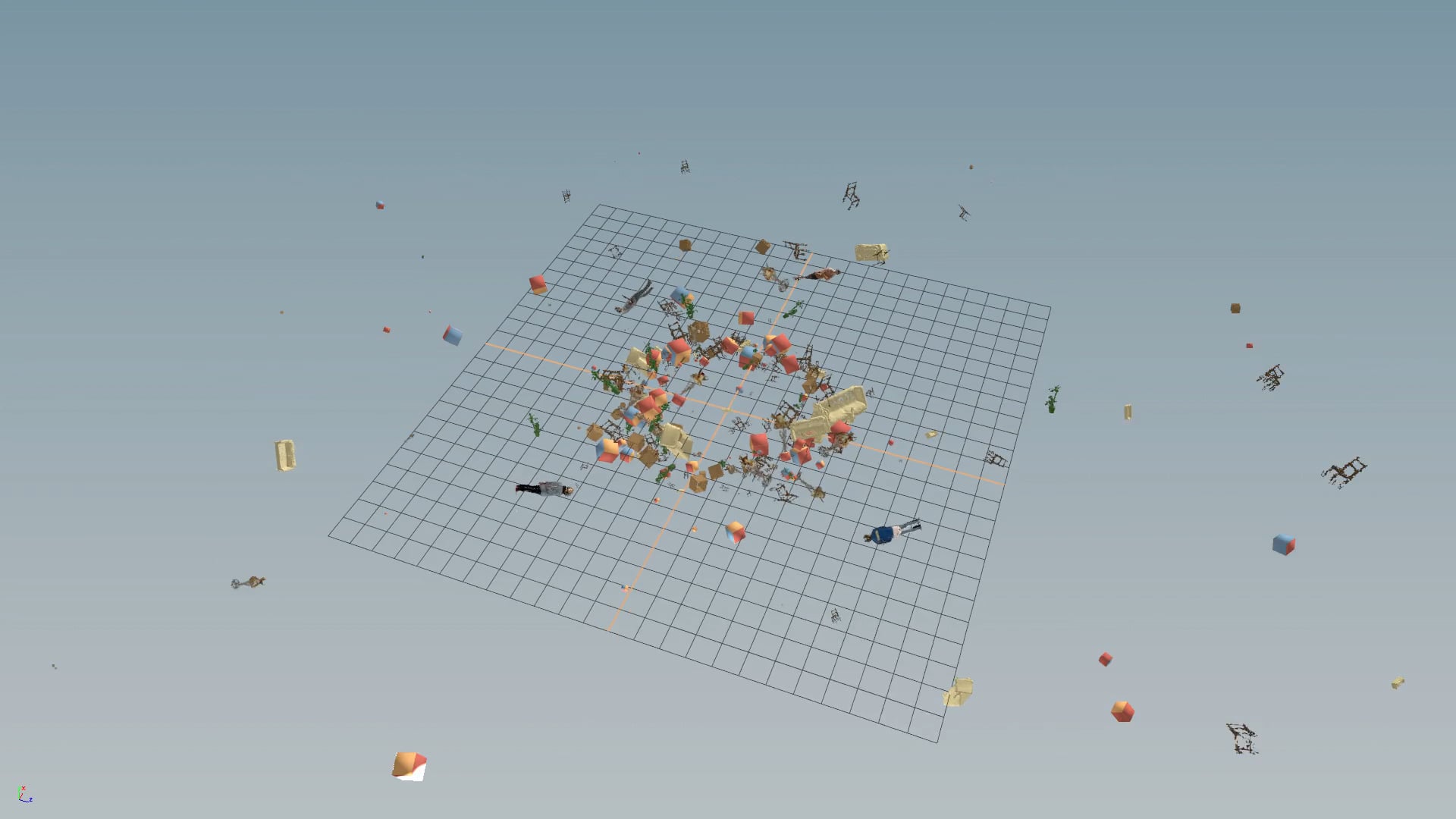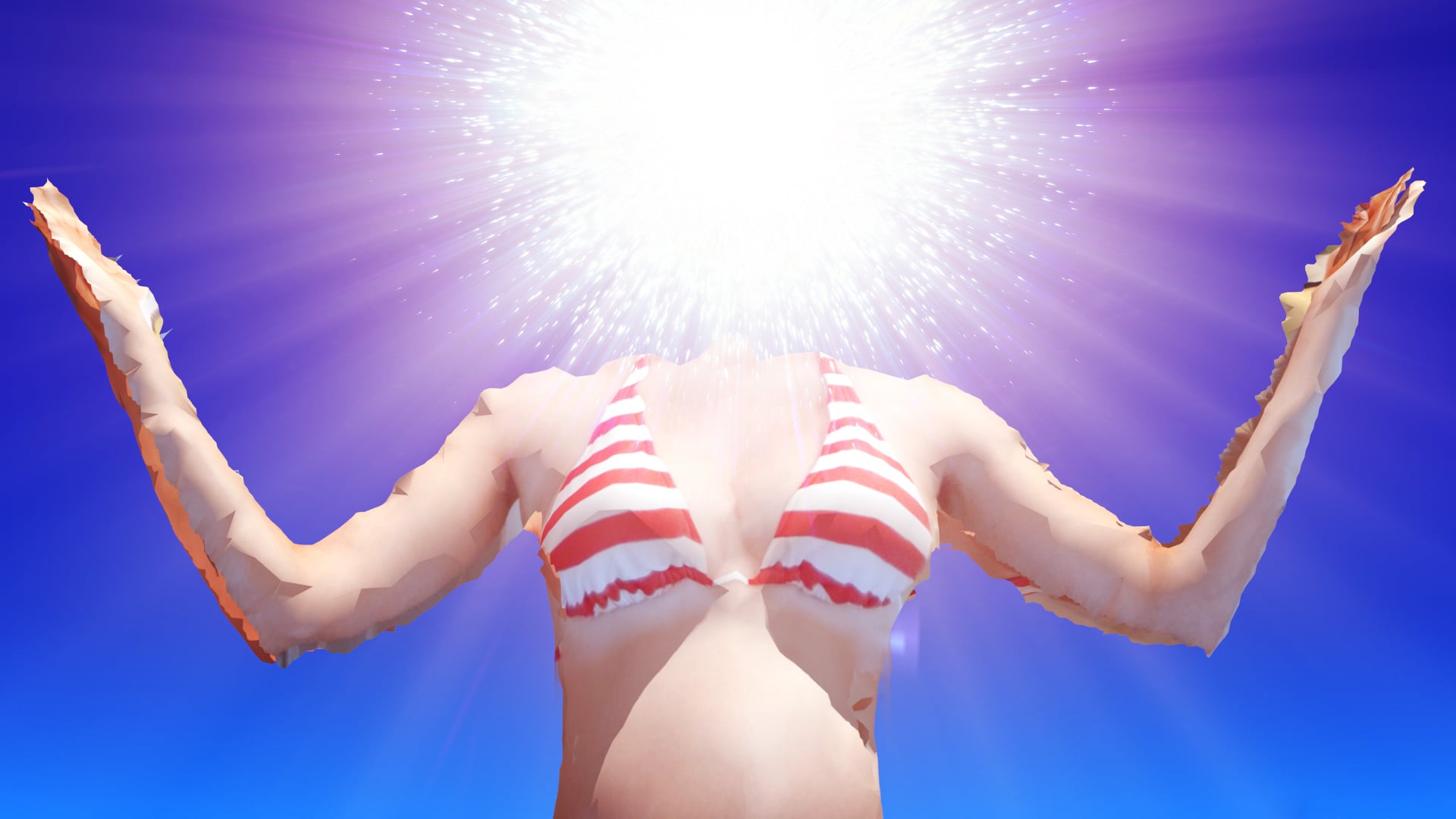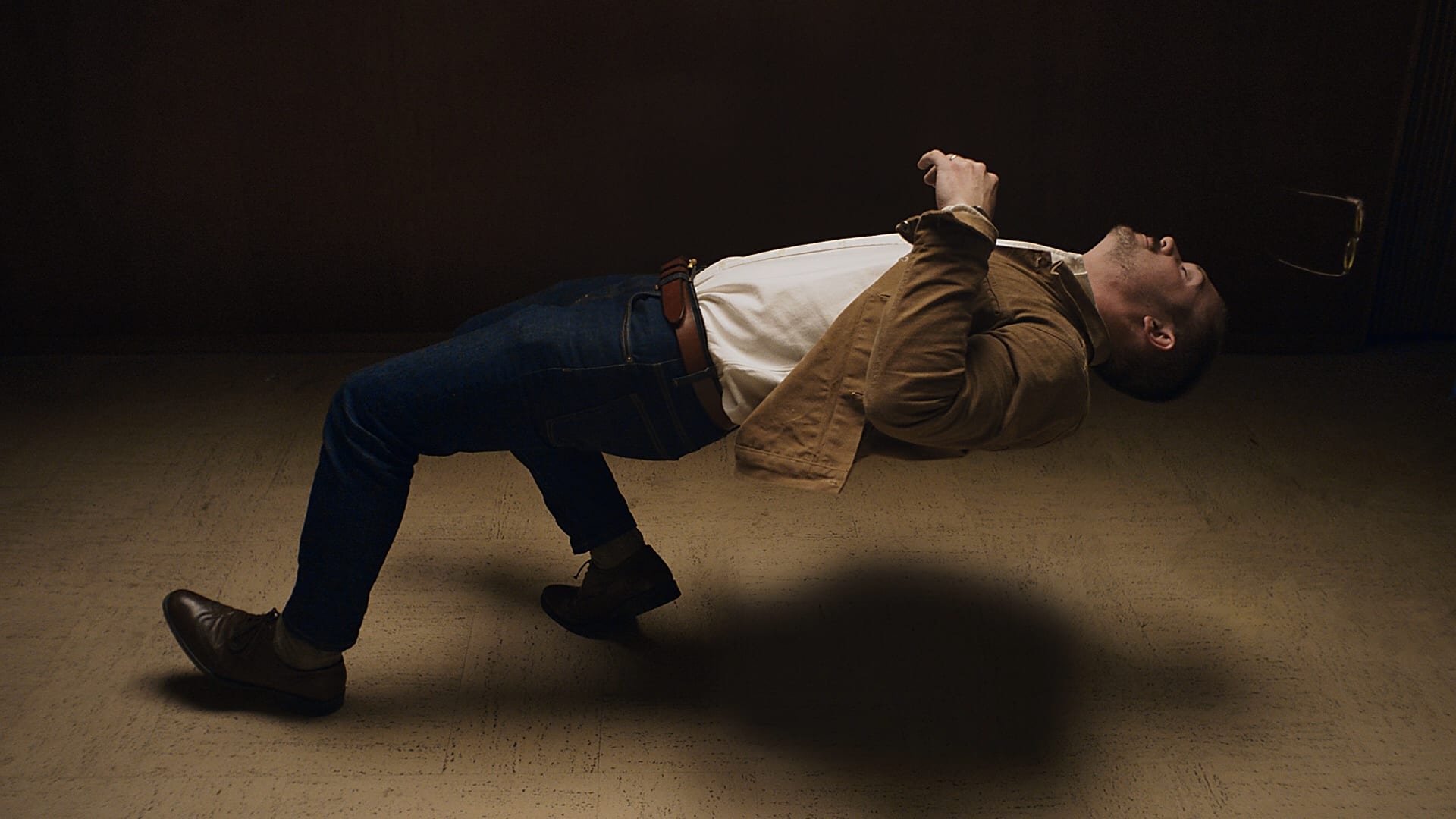Director Najeeb Tarazi during a location scout for his new music video Dangerous for Nick Murphy (Chet Faker).
Your work involves complex scripts, never a repeat set-up, and innovative camera and digital techniques. What was your route into directing?
For a lot of creatives I think the path into directing is determined by whatever unique skills / interests / resources they have when they decide to make their first videos. I have a background in CG and programming from working at Pixar, so I broke into music videos using “volumetric video,” a 3D scanning technology I found visually fascinating.
For my first music video, Another Love, volumetric video was so new that it took a ton of exploration to make it visually appealing. I spent months writing advanced computer code, 3D scanning sock puppets, and animating camera moves and lighting. That set my standard for how much visual development and content can go into a music video. Being in the working world of music videos now I realize that kind of extended work isn’t always practical, but I do aim to pack as much into a video as I can in the time I’m given.
Collaborators also have a huge influence and after leaving Pixar I was fortunate to meet my good friend Michael Langan, who co-directed Another Love with me. He comes from an experimental animation background and his work really reinforces my desire for visual surprise and novelty.
When you’re creating a visual narrative do ideas for special effects figure foremost?
Experimental visual techniques are a really fun starting point for writing a video, but music and story ultimately drive most of my decision making. In Walk the Walk, I imagined a backstory for each of the roles and tried to use the experimental collages to reinforce the characters (see example below). In White Flag, my pixel art music video, there’s a narrative inspired by the song’s lyrics, and all the pixel art is in service of that, even though the tentpole image that sparked the video was of a retro video game character screaming when the beat drops.
Techniques ideally reinforce characters – the Host (left) is strong, so his tiles are in a clean line, the Loser (right) is weak and uncertain, so his tiles overlap messily and direct his gaze downward.
What is your usual creative process – thinking more of your music videos here – do you map out details with storyboards and animatics? And how does your process differ for commercials?
Drawing and storyboarding were the first form of filmmaking I had easy access to, so they figure into my process a lot.
With music videos I start by identifying tentpole moments in the track (climaxes, transitions) and build imagery around them. Then I always do an animatic or storyboard, even with pure live action shoots that have no VFX. For me, storyboarding satisfies two purposes – making sure I have enough shots to fill four minutes, and assessing the visual flow/clarity of those shots.
With commercials, the creative tends to be provided, though I’ll often do my own boards or thumbnails just to make sure I’m happy with the coverage.
Gaz Coombes’ Walk the Walk, and perhaps Chillers for Another Sky, have more live action than your other work – was it a comfortable process directing actors, and did you find a method which felt natural and suited the projects?
A lot of directors say that directing actors is 90% about casting and that has certainly been the case with my music videos. On Walk the Walk, the actors were all experienced and responded easily to notes. I also knew I was going to be using their performances as elements in larger collages, so there was leeway.
Jonni Truelove, the star of Chillers, is a non-actor I found on Instagram. With Jonni, directing was about listening to what felt natural for him. My favorite moment in that video is at 1:47 in the car wash tunnel, when the character is exhausted after a long day. During the shoot, I asked Jonni to rest his head low, almost on his handlebars, but he said it didn’t feel natural. So instead he held his head up, looking out to the street. Then between takes, he slumped his head down as you see in the final shot. It was the pose we needed. After we filmed it he explained that he was smelling his hand – a very personal self-soothing habit he has when he’s tired. He thought it was too weird to put on camera, but the feeling of it matches exactly what I had storyboarded.
Storyboard from Chillers (left), final frame (right)
Walk the Walk’s compelling script and video collages were a real hit with the judges at the 1.4 Awards. What inspired you to make this film the way you did?
When I worked at Pixar one of my co-workers always tried to find new inspirations that broke the traditional Disney rules of picture-making. He shared David Hockney’s photo collages (Hockney called them “joiners”) with me, which I found fascinating and which are 100% the inspiration for this video.
Gaz Coombes mentioned Hockney as an inspiration for his new album, so I pitched the collages as a concept. It took a little work to figure out how to translate them into video, but in the end I feel like we got there. It was also a great way to bridge the gap between my animated music videos and live-action.
When I’m making technique-driven videos, I try to spend the first shots showing the audience the simplest version of the technique so they have time to absorb what’s going on. That’s what the first shots of Walk the Walk do.
To what extent do you work with the artists on the briefs or are you often given a free rein?
Historically my music videos have been concepts I wrote out of the blue and the artists selected them from a pile of treatments. When I’m pitching a visual technique, I often provide a motion test to sell the artist and label on it. You can see my first motion test from Walk the Walk here, which I did with stock footage and film clips.
For my two most recent projects for Nick Murphy and X Ambassadors, the artists came to me with concepts that I found exciting and creatively authentic. That was also a really fun way to work, because it gave me a strong foundation on which to layer a story arc or visual twists, and I knew the end result would feel true to the artist.
I really enjoy the process of working with others, so collaborating with artists satisfies me more than working in isolation, even if there’s added freedom in being left to my own devices.
From Gaz Coombes’ Walk the Walk video
Although the artists may appear in your films there’s never any performance scenes, hooray. Is this something you actively discourage?
I don’t discourage performance, but I do strive to make videos that have room to develop beyond performance. As it turns out, my two most recent videos for Nick Murphy and X Ambassadors are performance-centric, but even those videos strive for a clear arc/build-up leading to a resolution at the end of the video.
If you’re a music lover, one of the most romantic parts of directing music videos is working with a great artist and getting to hear them sing on set. It’s a mini-concert and you’re sitting onstage.
Where do you work best?
I live in a small studio in Silver Lake, Los Angeles, with a huge window that looks out on the city. I’ve gotten a lot done there. I especially love editing on a Friday or Saturday night while Los Angeles is buzzing. The city glitters and I’ll go to the window when I need a break. If I love the project, there’s something very romantic to me about working while everyone is out on the town. The more I direct, the more often it’s other people handling post-production, and the less I get this experience. That’s probably healthy.
Were you brought up in a particularly creative environment?
I perceive my family as highly creative, but we’re an immigrant family so the arts were never seen as a stable career. My sister is an insanely voracious reader and incredible writer. My mother will spontaneously recite poems she memorized when she was ten. But I was strong in math and science. My mom really felt I should go to medical school and discouraged me from creative careers, even though she is *so much at her core an artist.* Now she totally supports me, but I used to jokingly yell at her, “I’m an artist because you’re an artist! I’m a carbon copy of you, raised in the 90s in America!” I still love this line and idea. Everyone should use it on their parents.
In the grand scheme of things where do your ambitions lie?
I got my start at Pixar and have always intended to go back to the feature film world as a director. I’m just trying to learn and create as much as possible now, but in the long term I feel an obligation to tell stories that have a positive impact on the world.

